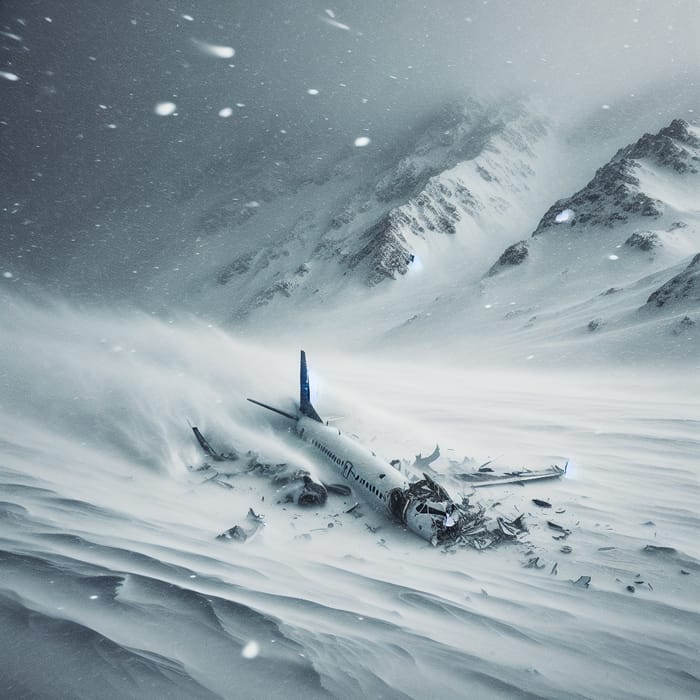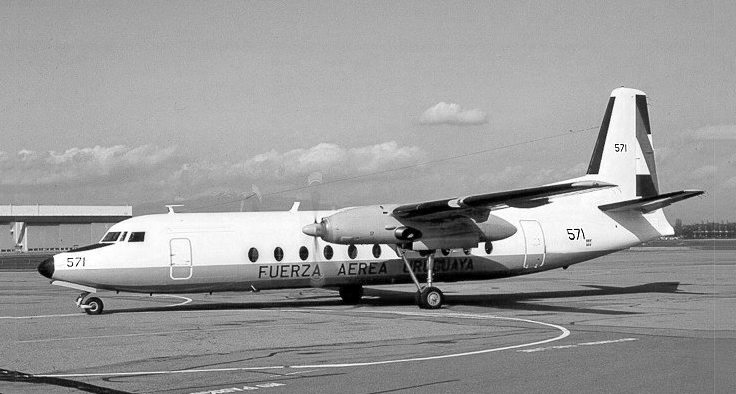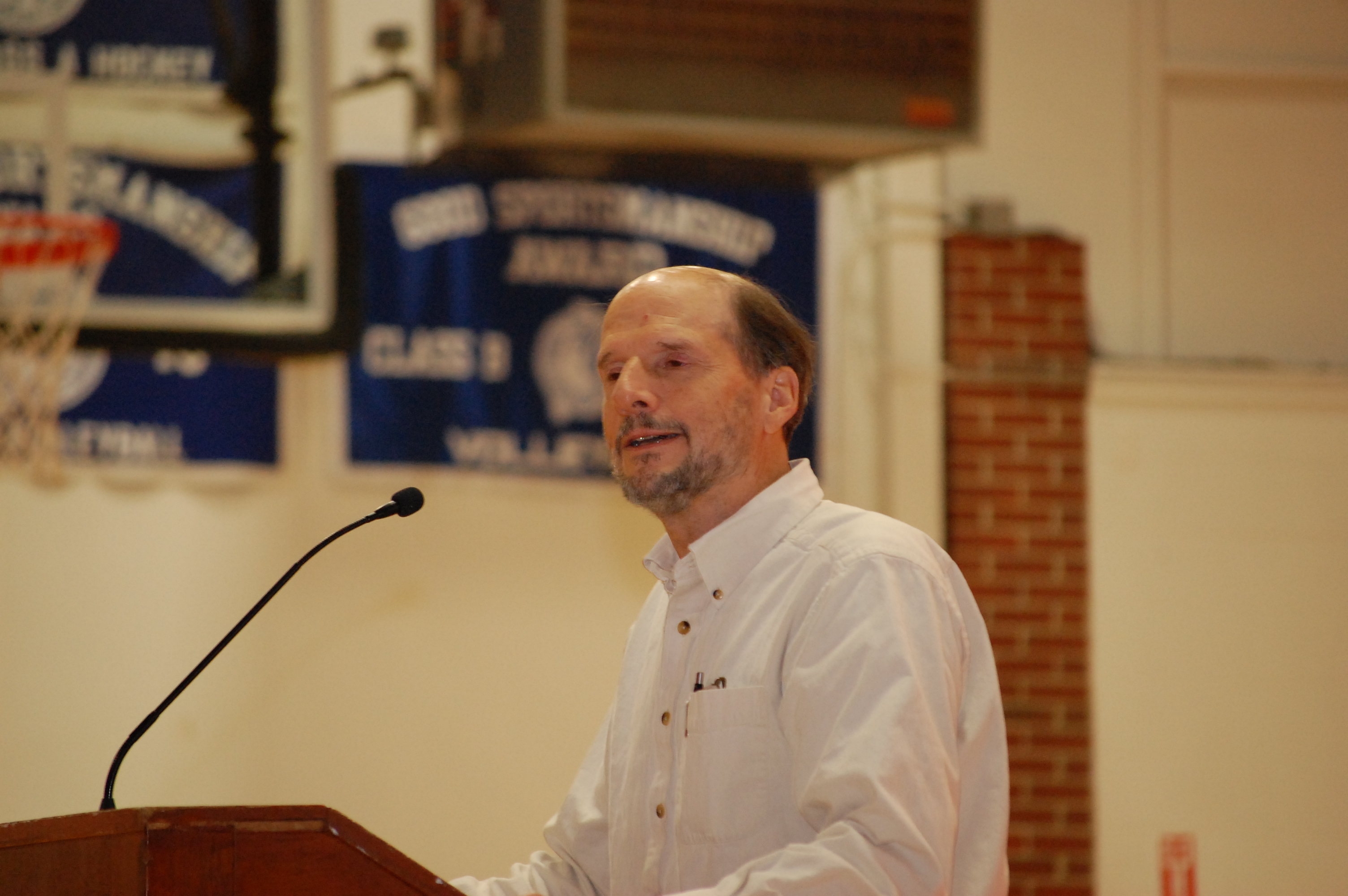Surviving Against All Odds: The Andes Flight Disaster 1972
How far would you go to stay alive? What if it meant eating the bodies of your own friends? That's what happened to the Uruguayan rugby team on October 13, 1972. They were on a plane called the Uruguay Air Force Flight 571, heading from Montevideo, Uruguay to Santiago, Chile. There were 40 passengers and five crew members on board. Unfortunately, the plane crashed in the Andes mountains due to a mistake by the pilot. The passengers included members of the Old Christian Club rugby team, who were traveling to Santiago to play a match against the English Old Boys Club. The plane, a Fairchild FH-227D of the Uruguayan air force, was only four years old at the time. It had to stop overnight in Argentina because of a storm.
The next day, at 2:18 p.m., the same airplane decided to fly south toward Planchon Pass. The pilot, Julio Ferradas, had flown in the Andes Mountains before and was teaching his co-pilot, Dante Lagurara. By 3:21 p.m., they had passed Planchon Pass, and Lagurara was eager to get to Curico quickly, thinking it would only take a minute. He was ready to land the plane. However, air traffic controllers were concerned because the journey normally takes 11 minutes, but they had only been flying for three. Despite this, the controllers allowed them to land. But this is where trouble started brewing for the passengers on board, all because the pilot misjudged their position.
Instead of landing in Curico, the plane ended up deep in the Andes Mountains. The co-pilot, Lagurara, noticed some turbulence, but the passengers could see the plane getting dangerously close to the mountains. Lagurara realized something was very wrong and dangerous, but it was too late to do anything. They tried to lift the plane higher to avoid hitting the mountain, but the plane ended up colliding with it.
The impact caused the plane to lose its tail and both wings. The remaining part of the plane, with all the passengers still inside, slid down the mountain for about 725 meters before crashing into a glacier. The wreckage came to a stop near the border of Chile in a remote valley of Argentina, at an altitude of about 11,710 feet.
Sadly, 12 out of the 45 people onboard died instantly in the crash. For those who survived, their ordeal was far from over, as they faced more challenges ahead.
Meanwhile, the Chilean Air Search and Rescue Service learns about the accident. Before nightfall, four planes are sent to find the crashed plane in the Andes Mountains. However, the rescuers quickly realize that the location of the crash makes it very challenging to carry out the rescue operation.
Despite the difficulties, the rescue team sticks to their plan and does their best to locate the Fairchild plane. During the search, they fail to recognize the crash site because the plane blends in with the snow, making it hard to spot.
After eight days of searching with helicopters and planes, the rescue team finds no sign of the crashed plane. They reluctantly conclude that it's unlikely anyone could have survived in such harsh weather for so long. With heavy hearts, they decide to halt the search operation.
At the crash site, things took a turn for the worse. With each passing day, more survivors succumbed to their injuries or the cold. On the first night, co-pilot Lagurara and five passengers passed away. The remaining survivors huddled together in a small space to keep warm, using whatever items and wreckage they could find to shield themselves from the freezing temperatures.
Besides battling the biting cold, the survivors faced another terrifying challenge: running out of food. They had some chocolate bars, jam, almonds, and candy, which they stretched by mixing with milk. But these supplies quickly ran out, leaving them with no choice but to consider the unthinkable: eating the bodies of their deceased companions.
Roberto Canessa, a 19-year-old medical student at the time, later recounted the ordeal in his book "I Had to Survive: How a Plane Crash in the Andes Inspired My Calling to Save Lives." He explained that while the term "cannibalism" refers to eating human flesh, in their dire situation, it was a matter of survival. Canessa, who eventually became a doctor, reflected on the necessity of consuming the deceased for sustenance. He emphasized that it wasn't an easy decision, but they had to prioritize their survival.
On October 29, there's an avalanche where the plane crashed, and sadly, eight more people lose their lives. The survivors find themselves caught in the avalanche, but it actually saves them from an upcoming blizzard.
But how long can they just sit and wait? They realize that waiting might mean facing a slow and certain death. So, three brave souls – Nando Parrado, Antonio Vizintin, and Roberto Canessa – decide to take matters into their own hands. They set out to explore their surroundings, hoping to find help. But they soon realize they're deeper in the mountains than they thought.
Returning to the crash site, they regroup and, using wreckage from the plane, make a makeshift sleeping bag. On December 12, they set off again, determined to find help. Vizintin has to go back due to a lack of food after three days of dangerous trekking.
Meanwhile, Parrado and Canessa keep going for another nine days. They start feeling like their fate is sealed until they spot some people with horses in a valley. The next day, on December 22, the Chilean air force arrives with helicopters for a rescue operation. Parrado and Canessa are saved, and they urge the pilots to rescue the rest of their friends. Eventually, everyone trapped at the crash site is rescued.
In closing, the story of the Andes Flight Disaster of 1972 shows us how brave people can be in tough situations. Even though they were stuck in the freezing mountains with little food, these survivors didn't lose hope. They stayed strong and found ways to help each other. Their courage and never-give-up attitude saved lives and showed everyone what humans can do when they work together. It's a powerful lesson about staying hopeful even when things seem really hard.
If you found this story inspiring, don't forget to hit the like button and share it with your friends. Let's spread the message of courage and resilience together!











